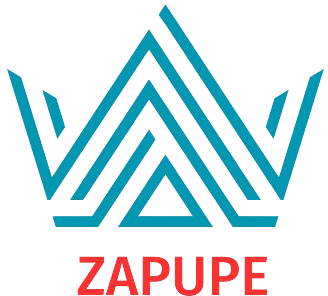In the consistently developing computerized scene, website architecture remains as a basic foundation of online presence and client experience. Here, we dive into the embodiment of website architecture, investigating its standards, patterns, and best practices.
Understanding Website architecture
Website architecture incorporates the stylish and utilitarian parts of making sites. It blends imaginative plan components with specialized capability to convey drawing in, natural, and easy to understand advanced encounters. Key parts include:
UI (UI) Plan: Spotlights on the look and feel of the site, including design, variety plans, typography, and by and large visual allure.
Client Experience (UX) Plan: Means to upgrade client fulfillment by working on the convenience, availability, and cooperation between the client and the site.
Responsive Plan: Guarantees sites adjust flawlessly to various gadgets and screen sizes, giving a reliable encounter across work areas, tablets, and cell phones.
Standards of Viable Website architecture
Reason: Obviously characterize the site’s objectives and adjust plan components to satisfy those goals.
Convenience: Focus on simplicity of route, natural point of interaction plan, and availability for all clients.
Visual Pecking order: Coordinate substance to direct clients’ consideration, underscoring significant components through design, difference, and typography.
Stacking Rate: Upgrade pictures, code, and server execution to limit stacking times and improve client experience.
Consistency: Keep up with consistency in plan components like tones, text styles, and route across all pages of the site.
Patterns in Current Website architecture
Moderation: Stresses straightforwardness and clearness, zeroing in on fundamental components and clean style.
Dull Mode: Gives an elective variety plot that diminishes eye strain and improves visual differentiation.
Microinteractions: Little movements or visual reactions to client activities that further develop commitment and convenience.
Voice UI (VUI): Incorporates voice orders for route and Webdesign Karlsruhe connection, improving openness and client comfort.
Apparatuses and Advances
Configuration Apparatuses: Adobe XD, Sketch, Figma for making wireframes, models, and visual plans.
Advancement Structures: Bootstrap, Establishment, and Tailwind CSS for responsive and productive front-end improvement.
Content Administration Frameworks (CMS): WordPress, Drupal, Joomla for overseeing content and working on site upkeep.
Future Bearings
As innovation advances and client assumptions develop, website architecture keeps on advancing. Arising patterns like man-made brainpower (artificial intelligence) in plan robotization, expanded reality (AR) combination, and vivid client encounters through augmented experience (VR) are forming the fate of website composition.
End
Website architecture stays indispensable to making convincing advanced encounters that dazzle clients and accomplish business targets. By mixing imagination with usefulness and keeping up to date with mechanical headways, originators can create sites that resound with crowds and hang out in a serious web-based scene.
Whether you’re a carefully prepared fashioner or investigating the field, understanding the standards and patterns of website composition is urgent for making significant computerized encounters that have an enduring effect.…
Read More
